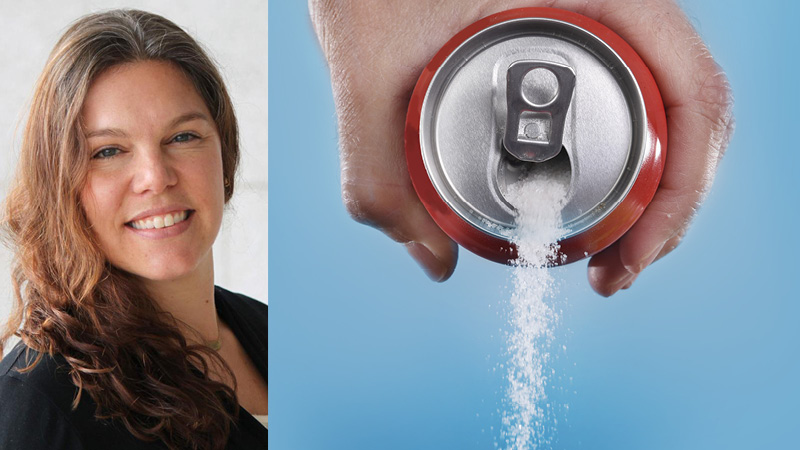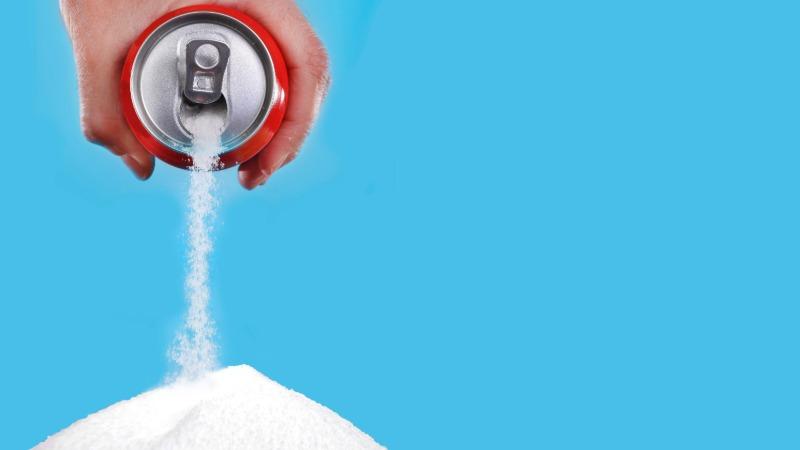
December 8, 2021
“Life is short, make it sweet” is a quote displayed artistically in countless bakeries and cupcake shops to entice us to consume edible sweets. According to recent research, Americans have certainly taken heed because sugar consumption in the U.S. has increased more than 20 percent over the last three decades.
Recent recommendations suggest reducing sugar consumption to no more than six percent of total calories. Americans are consuming so much added sweetener that the current trend is over twice that number. Too much added sweetener contributes to many chronic diseases, including obesity, diabetes, and heart disease. Considering it is also directly related to inflammation, overconsumption of the sweet stuff is likely a major contributor of most preventable diseases.
We can enjoy added sugars without detriment, but the pattern of overconsumption coupled with the substitution of synthetic and artificial varieties keeps us in the danger zone. To put it into better perspective, the American Heart Association recommends six to nine teaspoons of added sugar per day and Americans, on average, consume 22 teaspoons per day.
What are added sweeteners?
Added sweetener refers to natural sugars and synthetic substitutes that are added to foods to make them sweeter. Substitutes are popular because most do not contain any calories – but this is because they are synthetic, or made chemically. Research has shown that added sweetener triggers the release of specific brain chemicals that are a key part of the “reward circuit” associated with addictive behavior. Over time, this pattern results in the reasons why you crave it.
Label Reading
With 56 different names for added sugar, it is easy for many varieties to be in the same food product. Naturally occurring sugar, like those found in fruit and milk, is different from added sugar. Most food labels now include an “added sugar” row to show you how much has been added, but it is important to look at the serving size to determine how much is included in total. You can look to the grams listed or the percentage to see how the food fits into the recommended daily limit. Considering Americans do not follow the metric system of measurement, know that four grams equal one teaspoon.
Identifying Substitutes
Sugar substitutes, or artificial sweeteners, are not included in the “added sugar” row on a food label. This is because they are not actually sugars but synthetic mimics. Their popularity is because some varieties can be 200 to 700 times sweeter than table sugar and much less expensive for food manufacturers to include in food products. The only way to identify them is to look to the ingredient list. Sugar alcohols all end in “-ol” (i.e., mannitol, sorbitol); artificial sweeteners are aspartame, saccharin, acesulfame potassium, and sucralose (i.e., Splenda, Sweet ‘N Low, Equal); and the synthetic sweeteners are derived from natural sources like stevia and monk fruit extract.
Processed Foods
Processed foods tend to contain large amounts of added sweetener. It is used to make the food taste better and provides a functional purpose so the product remains shelf-stable and edible. Pre-packaged meals, bread, pastas, crackers, yogurt, condiments, dressings, sauces and even peanut butter can be off the charts with added sweetener. It is easy to overconsume when we are not in control of the ingredients.
Eating Out
A consistent pattern of eating meals prepared outside of the home can be dangerous because we do not have access to a food label. Considering most, if not all, restaurants and fast-food chains procure their food from large food processing corporations, it is a safe bet to assume the quality and healthfulness of the food are missing.
Small Changes
Sugar itself is not bad. Natural varieties like table sugar, honey, molasses and maple syrup can be natural sources the body accepts in tolerable amounts. Evaluating how much you’re consuming using food labels and ingredient lists, along with keeping your consumption of meals prepared outside the home to a minimum, can help reduce your intake of too much added sweetener. Your taste buds will also acclimate and your want for sweet foods will decrease. Foods like fruit can scratch the itch. Life is certainly short and should be sweet – but are you not sweet enough?
Jaime J. Larese, MS, RDN, CTTS, NBC-HWC is a registered dietitian, certified tobacco treatment specialist, and a board-certified health and wellness coach at St. Peter’s Health. A member of the St. Peter’s team since 2015, Jaime has developed a number of wellness programs and challenges for our patients and community.


